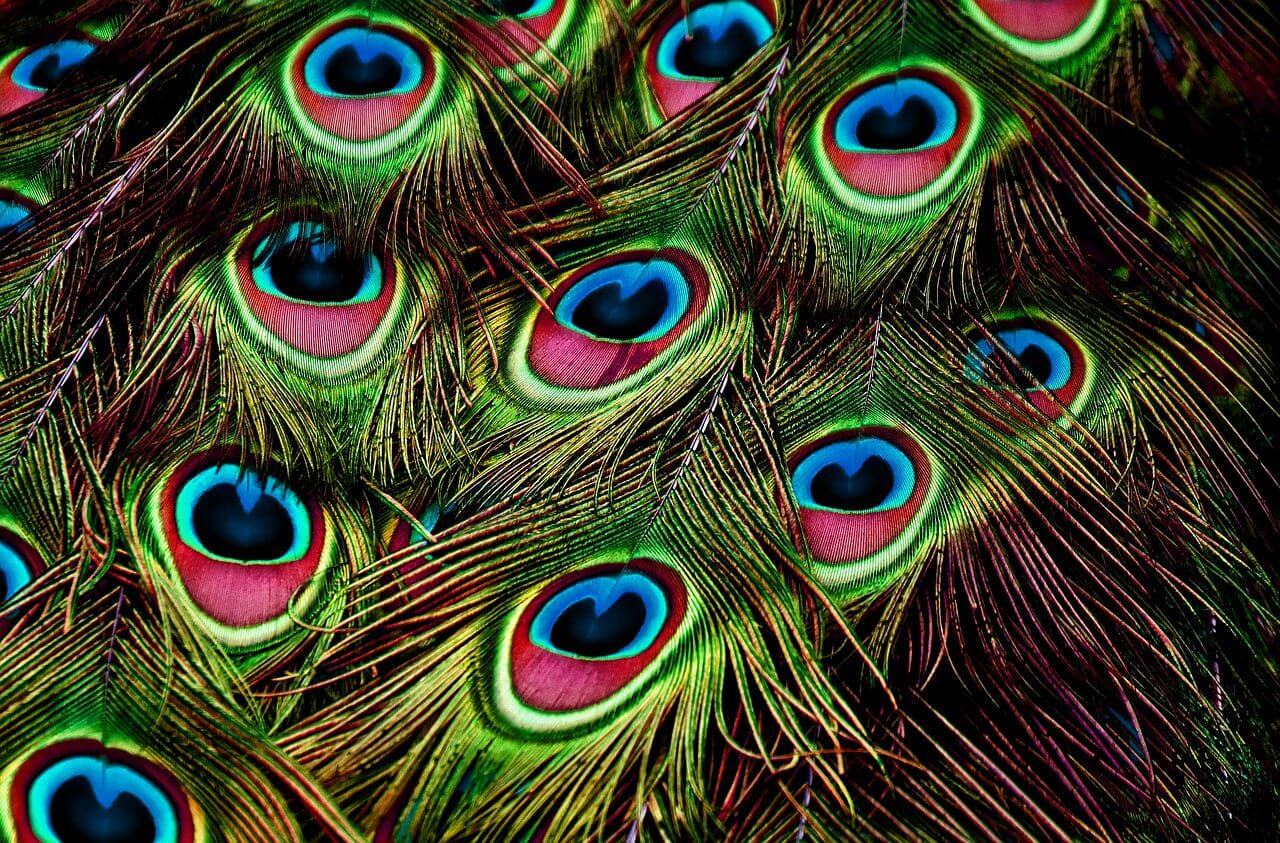I’m about to ask you to take a mental leap.
For the next 8 minutes, suspend your notions of what a business is, and I’ll propose a new lens for you to look through.
There are a lot of questions asked around what “community” means for business.
“Where should community fit in my organization?” and “What is the business value of community?” are questions we hear from business leaders daily.
They ask these questions because they believe a focus on community will make their business better, they just don’t know exactly how.
Why is it so hard to define where community fits in a business and why it’s valuable?
Perhaps it’s because community doesn’t “fit in” your business… it is your business.
According to Wikipedia:
“A community is commonly considered a social unit (a group of three or more people) who share something in common, such as norms, values, identity, and often a sense of place that is situated in a given geographical area.”
I propose that a business is a type of community. It’s one with a great deal of structure and defined set of norms. It has a social identity, a set of values, a shared mission to solve a problem and often also a sense of place. In fact, a business is one of the strongest examples of community we have in western society today.
In the early days of business, this definition was clear. Even the word “company” “ is derived from the Latin words ‘com’, meaning ‘together’, and ‘panis’ — meaning ‘bread’. Merchants would come together, share stories, eat and do business. They were communities.
But over time, through industrial revolutions, businesses stopped looking like communities and started looking more like machines. They optimized for growth of the business, often at the expense of the community.
But today things are different. Social and mobile technologies have connected us at unprecedented levels. Changes to the environment have made us more conscious of corporate decisions.
What if today, in order to be successful, businesses must once again function as communities?
If that’s true then yes, a focus on community will make your business better because it IS your business.
Questioning the value of a community strategy to your business becomes like questioning the value of nutrition to the human body. You can live without it, but should you?
Many businesses have already proven the power of a community-driven approach:
- Apple could have developed all iPhone apps in-house, but they opened it up to the community, and revolutionized the smartphone industry.
- Duolingo built a community to develop language courses, and in five years with just 47 employees, launched over 80 courses and earned a valuation that’s 2.5x greater than Rosetta Stone (at 24 years old with 1,375 employees).
- Product Hunt built a community of over 400k members sharing new products, and changed the face of the tech media industry.
Want more? Look at how Lululemon and Hootsuite communities power their marketing, Sony communities provide self-sustaining support, Salesforce and Vimeo communities drive their product innovation and Wikipedia editors curate so much quality content we’ve basically forgotten the encyclopedia exists.
There are hundreds of examples of how community programs can enhance different parts of your business.
So let’s take it further. What does it mean for your entire business to be a community?
A Community-Driven Business Serves, and is Created By, the Whole

Imagine all the people in the world as nodes in an interconnected network. Your brand and mission is a center of gravity, pulling a group of those nodes together.
Those nodes are your employees, investors, customers, evangelists, followers, fans… anyone your business has a relationship with.
Each person is a member of the community, contributing to the mission in different ways. They might contribute time, money, attention; Some contribute more, some less.
It’s scalable because it leverages the wisdom and power of the masses. It’s sustainable because it’s decentralized, and relies less on a select few to create all the value.
Using the “community onion” concept from the Keen.io team, you can visualize the layers of membership in your business:

Each of these member groups experience your community differently.
The middle circle, your employees, have the highest level of contribution and reward. As you move outward, it decreases at each level, but they’re still a part of the community, contributing and receiving some reward.
Highly engaged, non-employee members contribute by spreading awareness through word of mouth, providing feedback and ideas, supporting other members or contributing content.
Customers contribute with their dollars and time. Even followers are contributing with their attention.
You can of course break down these levels even further (e.g. founders, executives, directors, managers) or add different levels (e.g. investors, fans, subscribers, users).
They’re all a part of the community.
When a business is a community, the company and the consumer aren’t two separate entities. They are one.
Now if everyone is a part of the community, what does this mean for employees?
Reimagining Roles and Departments
If your business is a community then every employee’s job is to build a thriving community.
Take a moment to think about that. Currently, what is the purpose of each employee in your business? Probably to make the business more valuable? With this new lens, that changes. Their purpose becomes to grow and serve the community, and all its members. It’s a fundamental shift in how you think about a “job”.
You can reimagine all of your team’s roles with this lens. Each role becomes focused on a different member type and a different part of the community experience:
- Founders and executives set the vision, values and voice that define the culture of the community and its reason for existing. They recruit people to take more active roles in the community.
- Marketing, social media, growth and advertising bring in new members, grow the community and reengage existing members on platforms outside of the community.
- Public relations is responsible for the public perception of the community which helps shape the social identity and also helps it grow.
- Hiring and recruiting teams grow the employee level of the community, recruiting people to take active roles in serving the community.
- Product, development and design build solutions to solve problems for and improve the life of community members.
- Operations and project managers are like highly specialized community organizers who help employee members collaborate efficiently.
- Sales helps new community members find the solution(s) to their problems so they can become customer members.
- Support and customer teams make sure the solutions efficiently solve the members’ problems.
- HR focuses on the experience of employee members.
Those are just a few of the roles in a company, but it isn’t too hard to see how when you think of your business as a community, the purpose of each role is to contribute to the community in some way.
Now if everyone on your team is building the community, what do “community professionals” do?
The Growing Need for Community Professionals
Communities require member-to-member interaction. It’s the blood that pumps through the community veins. The more efficient the interaction, the healthier and more productive the community will be.
Community professionals are the people you hire to facilitate and optimizethat interaction. They’re the nutritionists, ensuring the community is healthy.
To do this, they form a community strategy and create spaces for members to connect, communicate and collaborate. These spaces can be online, offline, or both.
A good strategy can accomplish two goals:
- Give members a sense of community. As a result the community is healthy and members become more loyal, increasing their lifetime value.
- Increase members’ ability to collaborate in order to improve the efficiency of a specific area of the business like acquisition, support, product or content creation.
To understand how they do this, lets look at some examples of specific community roles:
- Community managers help customers and/or users connect with each other and ensure they feel a sense of community, increasing their loyalty and lifetime value.
- Power user community managers help power users (the most active, non-employee members) communicate and collaborate so they can contribute more efficiently.
- Internal community managers optimize employee communication and collaboration, form a strong company culture and give employees a sense of belonging.
- Marketing community managers make ambassadors/evangelists more efficient by helping them communicate and collaborate with each other.
- Support community managers help customers collaborate to solve each other’s problems.
- Product community managers create spaces for members to share ideas and feedback for improving the product.
- Content community managers help content contributors communicate and collaborate to improve the amount, and quality of content they’re able to contribute.
- Directors, or VP’s of community manage full teams of community professionals focusing either internally, or externally.
- A chief community officer oversees all community teams, both internally and externally.
In the beginning of this post I shared one of the common questions I hear, “Where should community fit in our business?”
Now you see, every department in your business is community. What you’re actually asking is what part of our business do we want to enhance with the help of a community strategy. Good nutrition can improve the health of the human body, and a good community program can improve the health of your business.
Any of these roles can live under a dedicated “community department” or they can live under the department that they’re enhancing (i.e. marketing community manager will be on the marketing team).
—
A Return to Community-Driven Business
Businesses are communities. It’s how they started. But over time, businesses have become less of a community and more of a machine, optimizing for growth and profit rather than sustaining human life.
What would happen if businesses functioned as communities again? Imagine the effect this philosophy could have on the world.
How would that change how we think about profit? How would business structure and goals change? How would products change? Would there be as much corruption and greed?
“What can community do for my business?” would become “What can our business do for the community?” because your business is the community. And community, to humans, is life.
This is a lens through which you can view your own business. I hope you will give it a try.
Look at every role, every goal, and every product in your business and ask yourself, “Does this help us build a thriving community?”
Adopt the philosophy that a business is a community, and it will impact every decision you make from this day forward.
About the Author
This article was written by David Spinks, Founder of CMX. Helping good people build great communities. See more.





























